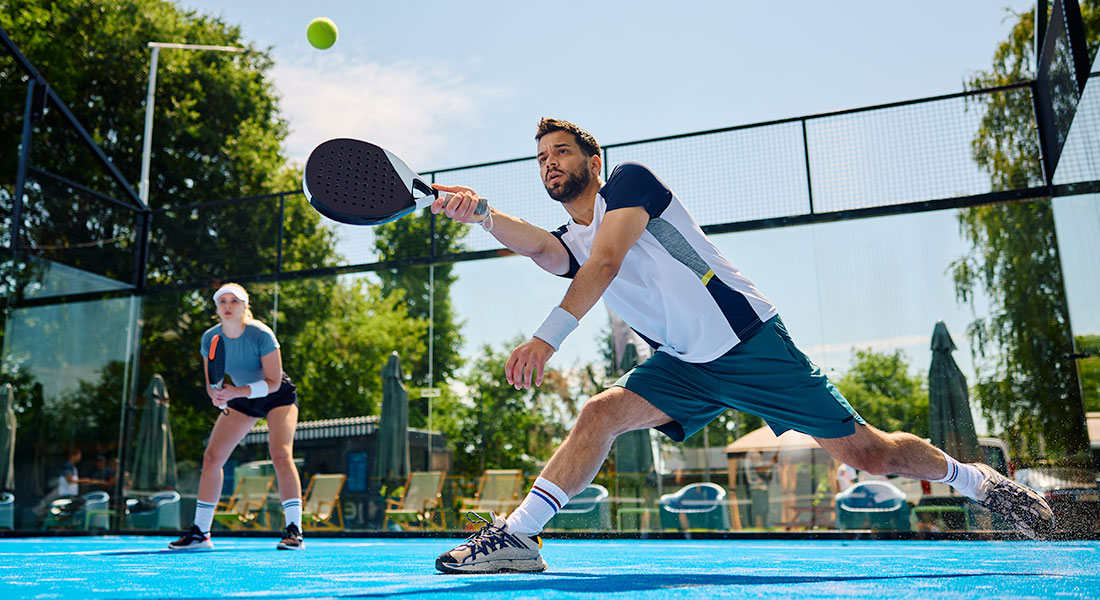Pickleball, a sport that combines elements of tennis, badminton, and table tennis, has surged in popularity due to its fun, social nature and accessibility to players of all ages and skill levels. However, like any sport, pickleball can lead to injuries, particularly if players are not cautious about their play style and preparation. Understanding the common injuries associated with pickleball and how to prevent them can help players enjoy the game without downtime due to pain or injury.
Common Injuries in Pickleball
Ankle Sprains: Quick lateral movements and changes in direction can easily lead to rolling or twisting the ankle.
Shoulder Injuries: The repetitive motion of hitting the ball, especially during serves and smashes, can strain the shoulder muscles and tendons.
Wrist Strains: Frequent wrist action in pickleball can lead to overuse injuries, causing pain and inflammation.
Knee Pain: Movements such as lunging and quick stops can put significant stress on the knee joints, leading to conditions like patellar tendinitis or meniscus tears.
Elbow Tendonitis: Commonly known as “tennis elbow” or “golfer’s elbow,” this injury arises from the repetitive motion of the racquet swing impacting the tendons around the elbow.
Preventing Pickleball Injuries
Proper Warm-Up: Always start with a dynamic warm-up that includes stretches and light aerobic activity to get the muscles warm and pliable.
Strength Training: Incorporating a regular strength-training routine to build muscle support around the joints, particularly the shoulders, knees, and ankles, can help prevent injuries.
Technique Training: Proper technique not only improves your game but also reduces the risk of injury. Consider working with a coach to refine your movements.
Adequate Footwear: Wearing shoes designed for court sports can provide the necessary support and traction to prevent slips and falls.
Pacing Yourself: Avoid overplaying, especially if you are new to the sport or returning from a previous injury. Gradually increase the intensity and duration of play.
How Myotherapy Can Aid Recovery
Myotherapy is an excellent modality for both the prevention and recovery of sports injuries, including those common in pickleball. Here’s how it can help:
Personalised Treatment Plans: Myotherapists assess individual needs based on specific injuries or areas of tension, developing a tailored plan that includes manual therapy, advice, and exercises.
Manual Therapy Techniques: Techniques such as massage, myofascial release, and dry needling can help alleviate pain, reduce inflammation, and improve mobility in affected areas.
Corrective Exercises: Myotherapists provide exercises to strengthen weak muscles and improve flexibility, which can help speed up recovery and prevent future injuries.
Postural Advice: Proper posture and alignment are crucial in preventing overuse injuries. Myotherapists can offer guidance on maintaining optimal posture both in daily life and while playing.
Ongoing Support and Education: Myotherapy isn’t just about treating injuries; it’s about educating clients on how to maintain their body’s health through proper care and injury prevention techniques.
Incorporating Myotherapy into your routine can significantly enhance your recovery and performance in pickleball. By understanding the common risks and how to mitigate them, along with leveraging professional support for injury management, you can enjoy pickleball safely and competitively for years to come.







